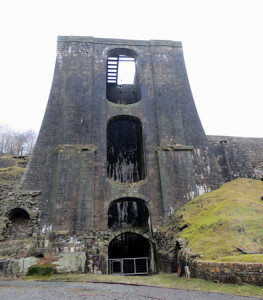
I recently travelled back in time about 200 years – into the heart of the industrial revolution.
I explored the coal pits and the iron works and the factories that were part of that amazing period of history.
I found it fascinating, inspiring and in many ways very moving. It was a story of great innovation and invention – but more than that it was the story of a people of steadfast determination and also of their great suffering.
My journey started in 1787 – with the building of the great ironworks at Blaenavon in South Wales.
The Bleanavon Ironworks was not one of the earliest ironworks – but it was one of the biggest and most important. The speciality was iron for the rails needed by the new railways that were springing up all over the world. Iron forged here went on to open up the American west and Australia, among other places.
The Welsh hills had all the natural resources they ironworks needed – but they had to import the men to do the work.
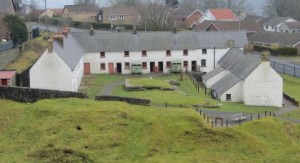
Early in its history, this ironworks needed to attract experienced iron men from other forges – so the housing built was attractive and tempting to the wives and families. This promised a better life for skilled workers.
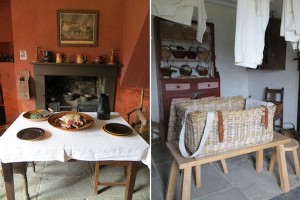
But this ‘high quality’ housing didn’t last long. Within a few years, the workers were living in far less attractive surroundings.
Two things really struck me about these houses. The first was that a huge chimney belching smoke and fumes was built in the middle of this square. It’s gone now – but living in its shadow must have been dirty and smelly and terribly unhealthy.
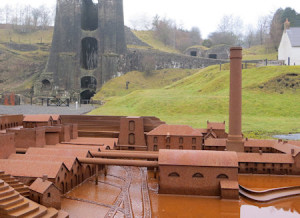
And the second thing was how recently people lived in these buildings – and others like them. People lived here until the 1960s – with no running water or sewerage and the ruins of the iron works looming over them.
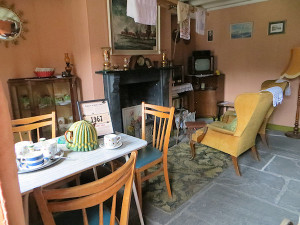
The furnaces and smelters of the ironworks are just ruins now, but the blackened brick gives just a hint of the unimaginable heat and smoke and fumes that once cloaked the site. I cannot begin to imagine how incredibly hard the work must have been. The iron became molten at about 1500 degrees Celsius – hotter than a volcanic lava flow.
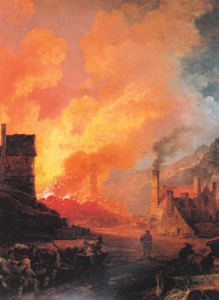
There were no health and safety regulations back then – there must have been some terrible accidents when dealing with the molten metal.
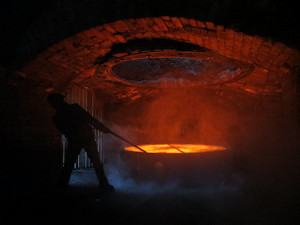
Many of the workers were, of course, children as young as 8 or nine. Sometimes even younger. They worked the same long hours as their fathers. One furnace manager is quoted as saying….
“The refinery boys work in some heat in the summer time and sometimes get burned… but not very badly. I do not think the children are put on to do more than they are able. I went to work when I was eight years old to help the fillers at an ironworks in Staffordshire. I worked a great deal harder at it than the boys do here.”
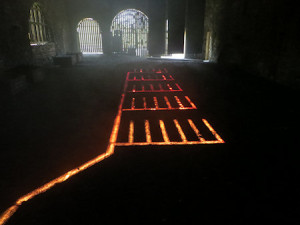
The ironworks and surrounding industrial sites now have world heritage listing – and it’s great that they have been preserved.
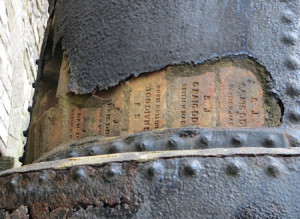
Come back next week – as I go underground in the steps of the Victorian coal miners.
